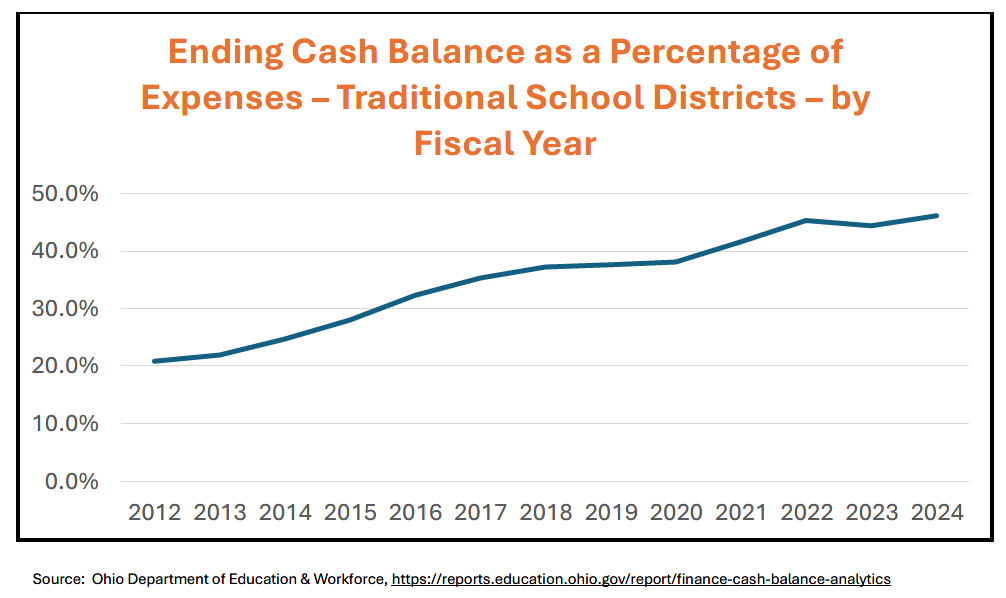Property Tax Reforms
Why Ohio’s Property Tax System Needs Fixed
Unvoted Inflationary Tax Increases. Over the last several years, Ohio property owners have experienced significant inflationary growth in property values. Despite laws enacted the 1970s to protect property owners from corresponding real property tax increases driven by such inflation, property owners in much of Ohio have also seen their property taxes increase substantially.
Property Taxes are Anti-Competitive. In a benchmarking study by the Ohio Chamber of Commerce Research Foundation found that Ohio’s real property taxes in seven urban areas of Ohio were 72% higher than similar non-Ohio locations. Further, although Ohio eliminated its tangible personal property tax on general business 20 years ago, it has retained the Public Utility Tangible Personal Property Tax which as become an impediment to Ohio building out its energy infrastructure.
Proposed Property Tax Reforms
The Coalition advocates for the following reforms to Ohio’s property tax system:
Fix H.B. 920 – reinstate H.B. 920’s protections that have been eroded over the last 50 years.
Make property tax more equitable and neutral by:
Capping growth for fixed income and elderly property owners
Adopting a tax deferral program
Permitting monthly payment of the tax
Make Ohio’s public utility tangible personal property tax system more competitive.
Why is Now the Time to Reform?
While much of Ohio’s property tax system funds school districts, the proposed reforms will not impact current school revenues. Rather, the reforms would merely tamp down the rate of increase in real property taxes—taxes may still increase, but at a substantially slower rate, thereby protecting both taxpayers and school districts. Data from the Ohio Department of Education & Workforce shows that school district ending cash balances have nearly doubled over the last 14 years and, on average, cover over 45% of school district annual expenses (see following chart).

